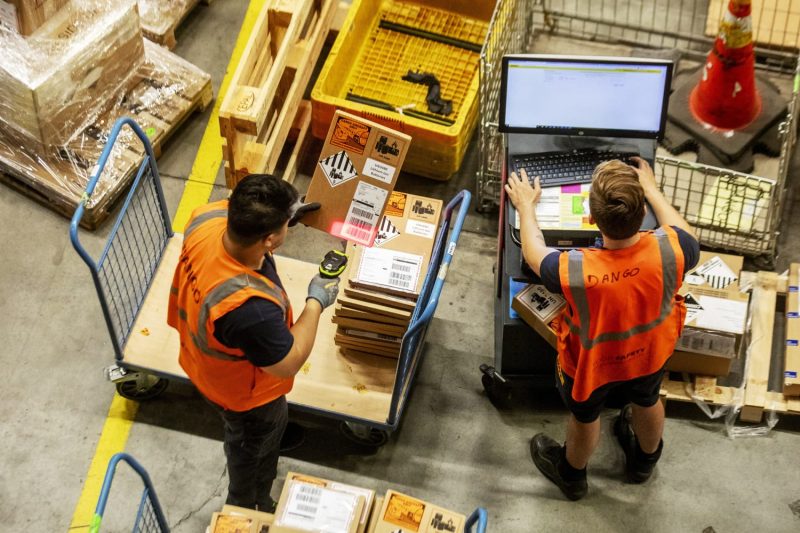In today’s interconnected world, the global economy operates as a delicate web of intricate relationships and dependencies. With the rise of globalization, supply chains have become more complex, spanning multiple countries and involving countless moving parts. However, this complexity also brings about vulnerabilities that can have far-reaching consequences when disrupted.
One notable example of how a single failure can take down a fragile web of global commerce can be seen in the case of the Suez Canal blockage in March 2021. The grounding of the Ever Given, one of the largest container ships in the world, halted traffic through the crucial waterway for six days. This seemingly isolated incident had significant repercussions on the global economy, disrupting the flow of goods and causing ripple effects across various industries.
The Suez Canal blockage highlighted the fragility of global trade networks and the interconnected nature of supply chains. The incident exposed how a single point of failure can have cascading effects, leading to delays in deliveries, shortages of products, and increased costs for businesses. The reliance on key chokepoints such as the Suez Canal underscores the vulnerability of global commerce to unforeseen disruptions.
Moreover, the interconnectedness of global supply chains means that a disruption in one part of the world can have widespread implications. For instance, the COVID-19 pandemic exposed vulnerabilities in supply chains, with lockdowns and border closures disrupting the movement of goods and exacerbating existing challenges. The pandemic highlighted the need for greater resilience and flexibility in supply chains to mitigate the impact of disruptions.
In response to these challenges, businesses are increasingly focusing on building more resilient supply chains. This includes diversifying sourcing options, creating redundancies, and enhancing visibility and transparency in supply chain operations. By spreading risk across multiple suppliers and regions, companies can better withstand shocks and disruptions in the global economy.
Furthermore, advancements in technology, such as blockchain and artificial intelligence, are enabling greater efficiency and transparency in supply chain management. These tools provide real-time visibility into supply chain operations, allowing businesses to identify and address disruptions quickly. By leveraging technology, companies can strengthen their supply chains and reduce the risk of single points of failure.
Ultimately, the case of how a single failure can take down a fragile web of global commerce serves as a stark reminder of the interconnected nature of the modern economy. As businesses navigate an increasingly complex and uncertain global landscape, building resilience and adapting to change will be critical for long-term success. By understanding the vulnerabilities inherent in global supply chains and taking proactive measures to address them, companies can mitigate risks and ensure the smooth functioning of the global economy.
